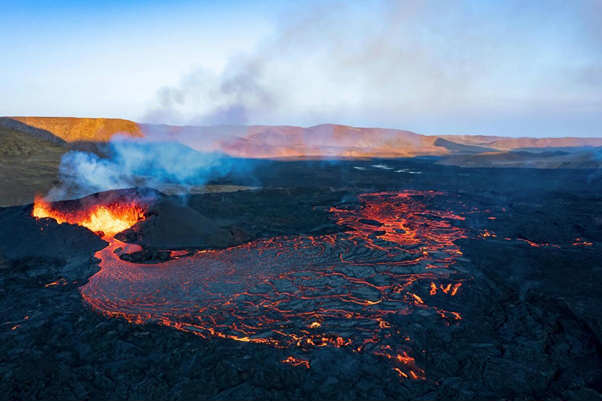
Source: Pexels
Imagine if someone told you that in 24 hours, nature is going to go crazy—that a tornado, a flood, or maybe even an earthquake is coming. What would you do? And would you even believe it?
Most of us think that natural disasters are completely unpredictable, but the truth is that science is getting better at recognizing them every day. In this text, we go through the most dangerous types of disasters, their warning signs, technologies for early detection, and—of course, statistics that show how serious this phenomenon really is.
1. Tornadoes—Signs In the Sky and on the Ground
Tornadoes are like nature's wild toy—they appear suddenly, last for a short time, but wreak havoc wherever they appear. Recognizing the signs of tornado early can save lives.
Doppler radars today successfully recognize rotations in the clouds, and with the help of artificial intelligence, meteorologists can now give a warning up to 20 minutes in advance, which is much better than before, when a tornado would already hit the city while the sirens were still silent. Evacuation drills are conducted in schools and communities worldwide so that people know how to behave when danger strikes.
2. Floods—When the River Forgets Where Its Path
Floods often act slowly, but their power can be devastating. The most common causes are:
Modern technologies such as satellite imaging and hydrological models help experts predict risk and issue warnings days in advance. Placing sensors in rivers, lakes, and reservoirs that monitor water level, moisture, and flow velocity in real time can provide rapid information about potential spills.
3. Volcano—When the Earth Gets Angry from the Inside
Volcanic eruptions are often spectacular but also deadly. Fortunately, science has advanced.
Example: The eruption of a volcano in Iceland in 2010 stopped air traffic throughout Europe, but no one was hurt because the eruption was announced in time.
4. Earthquakes—Danger from Within
Earthquakes may be the hardest to predict, but there are methods that help.
In addition to the mentioned methods, scientists are increasingly using the monitoring of electromagnetic and gas anomalies in the Earth's crust because changes in the emission of radon and other gases may appear before an earthquake.
In recent times, large cities in seismically active zones have introduced the so—called "shake alert" systems—applications that automatically send messages to people when the first P-wave is detected. Also, buildings are built with anti-seismic technology.
Source: Pexels
5. Droughts—A Silent Danger That Affects the Entire Planet
Drought does not come with thunder and wind; it comes slowly but lasts a long time and leaves a desolation. Climate change has further intensified it.
In addition to satellite monitoring, local soil moisture sensors are increasingly being used to provide precise data on the current state of the soil, and the combination of this information with long-term climate models enables better irrigation planning and water resource management.
6. Snow Storms—White Chaos
Not all snow is a fairy tale. When a snowstorm combines with wind and cold temperatures, we get a natural disaster that can paralyze entire cities.
Today, a network of field weather stations is also used to monitor temperature, humidity, and wind speed in real time, allowing for even more accurate and timely forecasts of snowstorms. In the US, snowstorms claim an average of 25 lives a year.
7. Tsunami—An Unforgiving Wave
A tsunami is not a single wave but a series of huge waves that can last for hours. The first wave is often not the strongest, which misleads people.
Example: The 2004 Indian Ocean tsunami claimed over 230,000 lives. After that, advanced warning systems were introduced that are now saving thousands.
8. Landslides—The Ground That Starts to Attack
Landslides occur after heavy rains, earthquakes, or due to erosion.
9. Hurricanes And Tropical Storms—Wind and Water in Tandem
Hurricanes, typhoons, and cyclones form over warm oceans and bring winds of up to 300 km/h.
Now, sophisticated computer models are also used to simulate the path and strength of the storm, which allows meteorologists to make more accurate forecasts.
Example: Hurricane Katrina in 2005 was predicted several days in advance, but over 1,800 people died due to poor evacuation.
10. Forest Fires—Fire Without Control
As climate change changes the world around us, wildfires are becoming an ever greater threat.
Conclusion
The common thing for all these disasters is time. The more time we have to react, the more lives we can save. Whether it's a storm coming from the ocean, a fire spreading due to the wind, or a landslide threatening after rain, the most important thing is to have timely information and be prepared.
That is why investing in science, education and public warning systems is something every country must make a priority. Nature does not wait, and now, at least, we have the tools to be one step ahead.